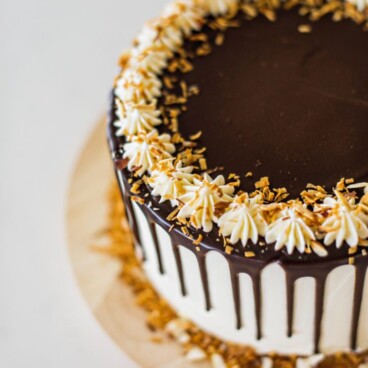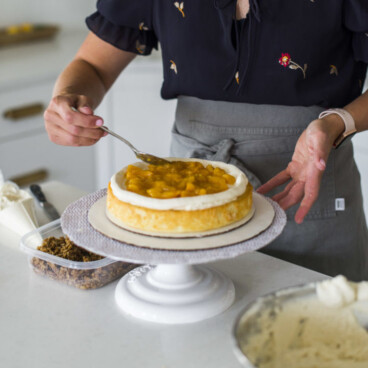Published on
Understanding the Difference Between Baking Soda and Baking Powder
They sound similar and they look similar, but baking soda and baking powder are actually quite different. Let’s review the differences and talk about why they can’t be subbed for each other.

Understanding the Difference Between Baking Soda and Baking Powder
Baking soda and baking powder: two essential ingredients in the realm of baking that often confuse even the most seasoned home bakers. While they might seem interchangeable at first glance, these two leavening agents play distinct roles in the chemistry of baking. Understanding their differences is crucial for achieving perfect results in your baked creations.
Baking Soda: The Rising Star
Let’s start with baking soda, also known as sodium bicarbonate. This white, powdery substance is a true workhorse in the kitchen. Its magic lies in its ability to react with acidic ingredients, such as buttermilk, yogurt, or citrus juice. When combined with an acid, baking soda produces carbon dioxide gas, which creates bubbles in the batter or dough, causing it to rise.
Baking soda is incredibly powerful, so a little goes a long way. However, it’s essential to note that baking soda requires an acidic counterpart to activate its leavening properties. Without this acidic ingredient, your baked goods may end up with a bitter, soapy taste, as the baking soda will not be neutralized.

Baking Powder: The All-in-One Solution
Now, let’s turn our attention to baking powder. Unlike baking soda, baking powder is a complete leavening agent on its own. It contains both an acid (usually cream of tartar) and a base (baking soda), along with a stabilizer (often cornstarch) to prevent premature activation.
When baking powder is mixed with liquid and exposed to heat, it undergoes a two-stage reaction. First, the acid reacts with the baking soda to produce carbon dioxide bubbles, causing immediate leavening. Then, the heat from the oven triggers a second reaction, ensuring a final burst of lift during baking.
Unlike baking soda, baking powder does not require additional acidic ingredients to function properly. This makes it a convenient choice for recipes that do not contain naturally acidic components.

Now that we’ve covered what each one is and what it does, let’s talk about substitutions:
Can you substitute baking powder for baking soda?
Short answer? Yes… BUT, there’s some things to know so don’t skip this section!
While both baking soda and baking powder serve the purpose of leavening, they are not really interchangeable due to their distinct compositions and reactions.
- Strength: Baking soda is much stronger than baking powder. Using the wrong one in a recipe can lead to disastrous results. Too much baking soda can result in a metallic or soapy taste, while too much baking powder can cause your baked goods to collapse or develop a bitter flavor.
- Chemical Reaction: Baking soda requires an acidic ingredient to activate its leavening power, while baking powder contains its own acid. Substituting one for the other can throw off the balance of acidity in your recipe, affecting both the texture and flavor of your baked goods.
- Texture and Taste: Baking soda and baking powder can produce different textures and flavors in your baked treats. Baking soda tends to yield a crisper, darker crust, while baking powder contributes to a softer, lighter texture. Additionally, using the wrong leavening agent can result in an undesirable taste in your final product.
If you don’t have baking soda, you can use baking powder, but it’s not a 1-to-1 ratio. In fact if a recipe calls for one teaspoon of baking soda, you will use THREE teaspoons of baking powder. Baking powder also contains a little bit of salt, so it’s also a good idea to halve the salt the recipe calls for.
Also be aware, you might get a slightly bitter, off-putting taste from using that much baking powder.
In conclusion, while baking soda and baking powder might seem similar, they are unique ingredients with specific roles in baking. Understanding their differences and how they interact with other ingredients is essential for successful baking adventures. So next time you’re in the kitchen, remember: when it comes to baking soda vs. baking powder, there’s no one-size-fits-all solution. It’s all about chemistry and finding the perfect balance for your recipe.



